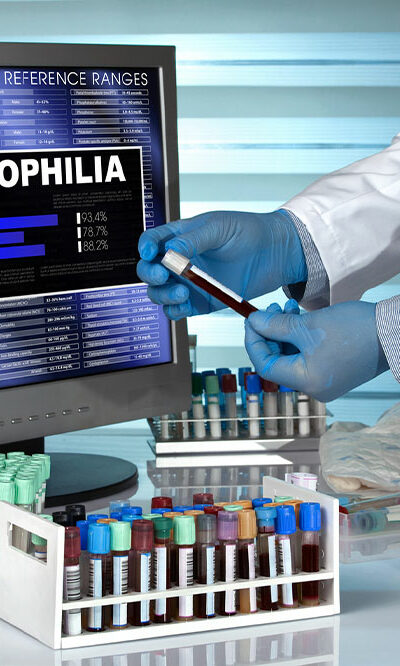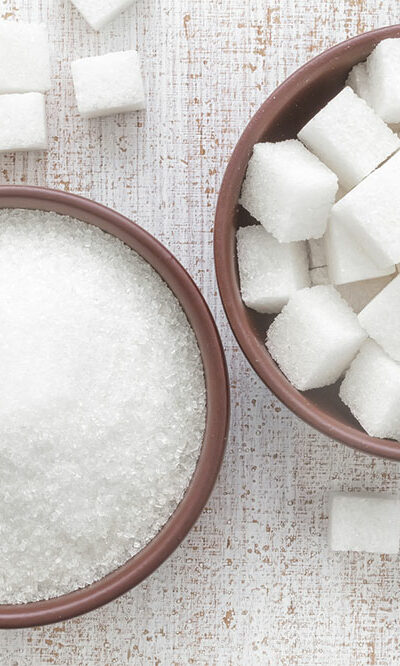
4 bad habits that can cause muscle cramps
Muscle cramps are sudden, involuntary spasms or contractions in one or more muscles. Although they last only a few seconds or minutes, the accompanying pain can be torturous to bear. The cramps can result from various factors, including poor lifestyle habits many people unknowingly indulge in on a daily basis. Here, we have listed a few common bad habits to avoid as far as possible to prevent painful muscle cramping. Not drinking enough water Not drinking enough water, especially during summer, can be problematic. Heat causes the body to lose a lot of fluid content through perspiration. To make up for that, one should consume at least three to four liters of water daily, if not more. Not doing so can cause dehydration, which reduces a person’s blood volume. A reduced blood volume, in turn, leads to lesser blood, oxygen, and nutrients flowing to the organs and muscles, resulting in muscle cramps. Dehydration primarily causes cramping in the stomach due to the digestive system’s massive fluid requirements. Not consuming enough electrolytes A lack of electrolytes in the body is another major cause of muscle cramping. Certain minerals like magnesium and calcium have electrolytic properties that perform essential functions. For instance, they help maintain electrical neutrality in cells and support muscle and nerve health. An electrolyte imbalance leads to problems like increased nerve excitability and cramping. So, one must not only consume fluids regularly but also foods rich in electrolytes. Exercising too much Over-exercising, or straining oneself in the gym during workout sessions, causes muscle fatigue. This affects how the nerves function and, subsequently, causes muscle contractions and cramping. Therefore, one must not spend too much time exercising. About an hour or two of working out is adequate for most people. Consuming foods full of trans fats Overeating foods with trans fats can increase the frequency of cramping.










